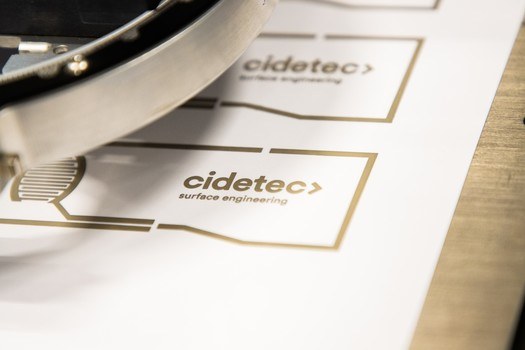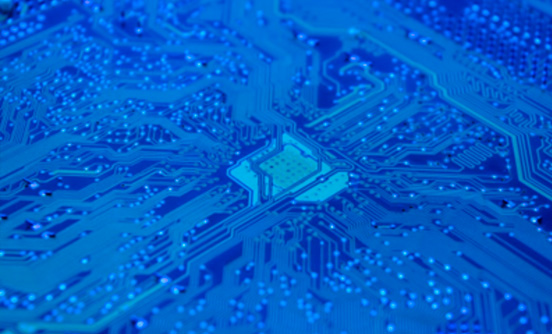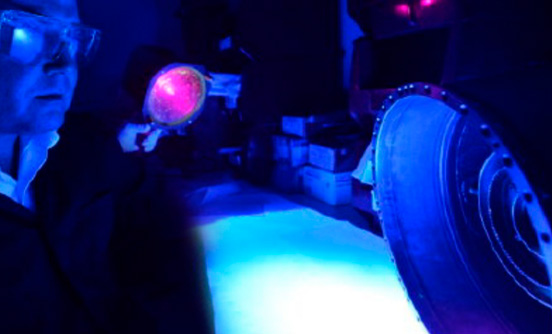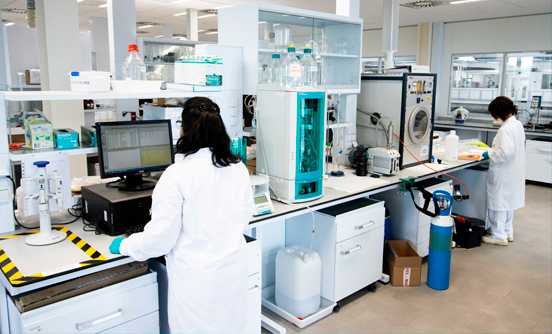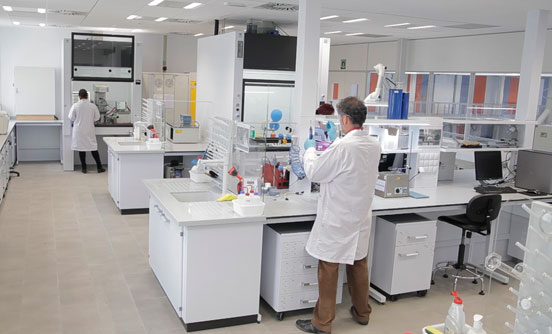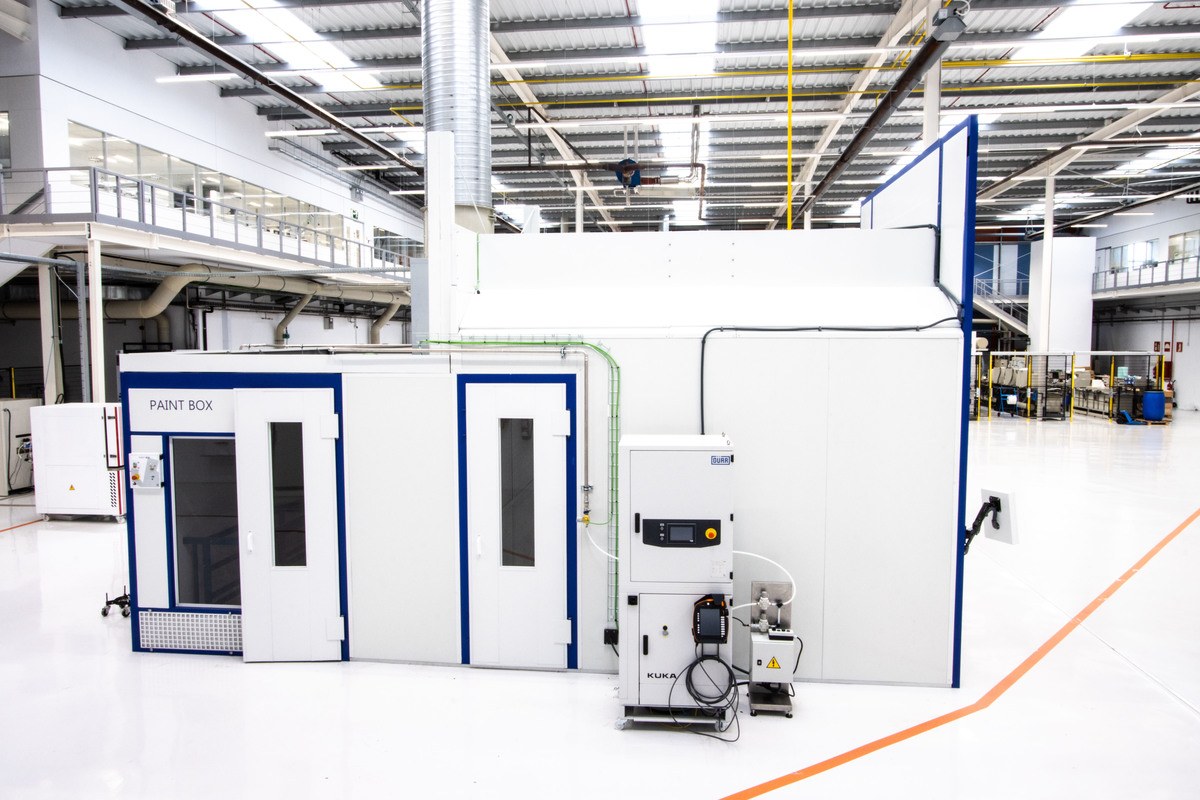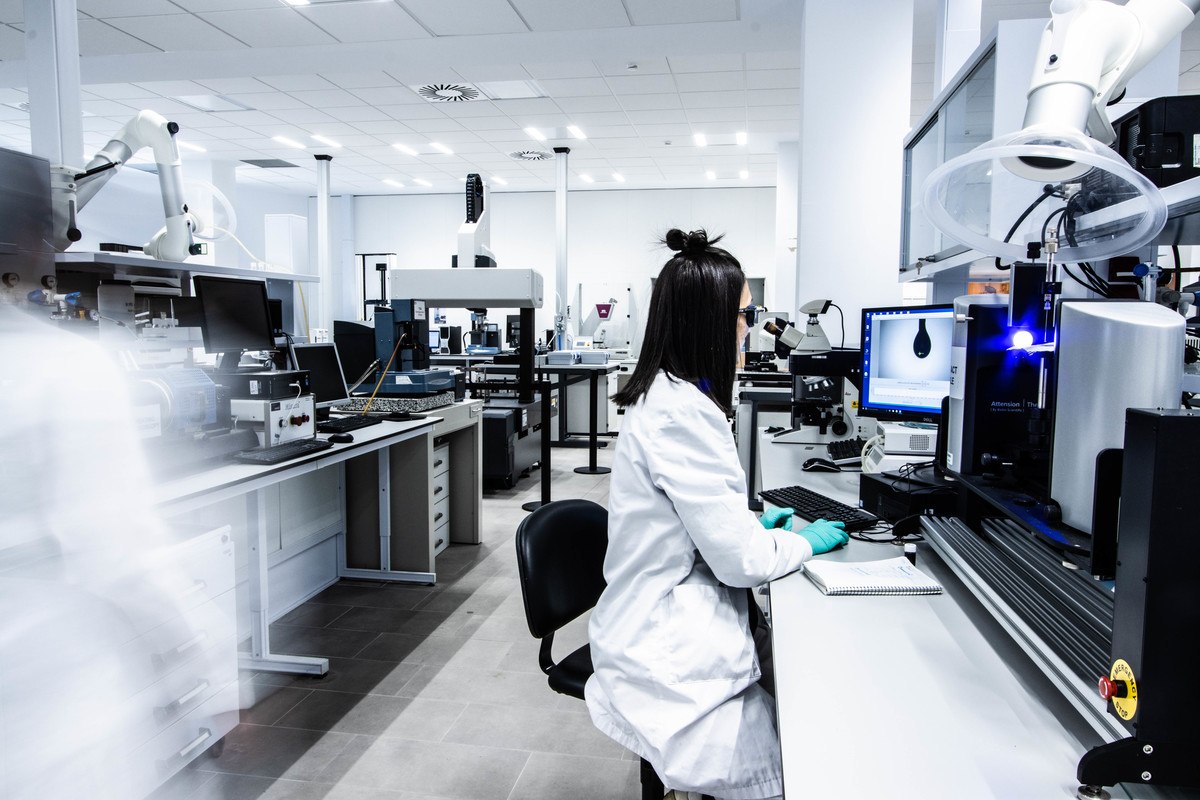Today we see our lives as a series of experiences as users, consumers, customers, or designers. Everywhere we look, surfaces are becoming increasingly connected and interactive, creating objects and products that provide meaningful, relevant experiences. In this connected world, smart surfaces –those capable of responding to external or internal stimuli, represent one of the most exciting and emerging areas of interest, with outstanding industrial applications. This is the case of automotive interiors, where surfaces are designed to seamlessly integrate haptic effects and display information, lighting and heating in a unified surface, delivering a superior user (UX) and customer (CX) experience.
Smart surfaces combine materials science, connectivity and digitalisation, with the aim of obtaining surfaces that interact with the environment. They incorporate sensors, lighting, electronics, etc., and are designed, processed, treated and characterised using disruptive digital technologies, such as AI, Big data, IoT, modelling and simulation, or visual computing. When required, they provide information and react to environmental stimuli. When integrated into plastic, metal, textiles or even wood, they bridge the gap between function and design.




